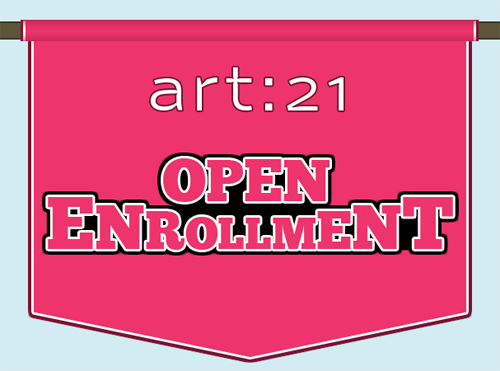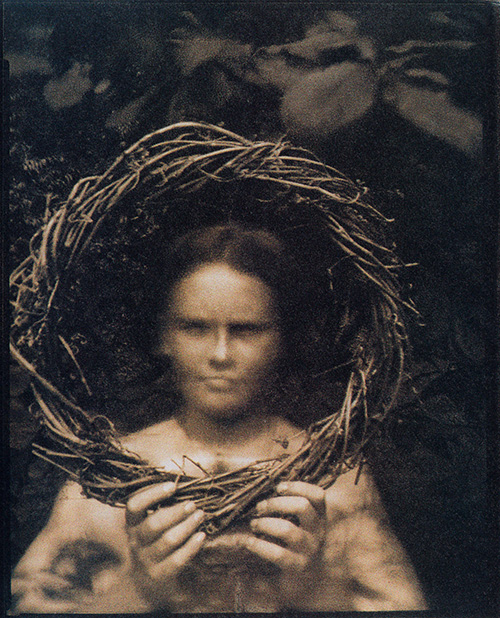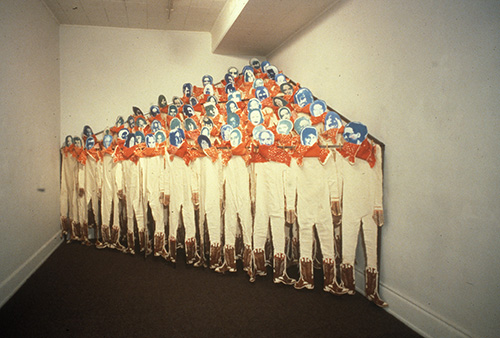I have to acknowledge that this post is coming at a weird time — like, weirder than usual. Students are gearing up for winter break, Philly is still cleaning up from Hurricane Sandy, and now election day. Things just feel a little surreal to me right now.
I’ve been feeling a little out of it in general. In fact it wasn’t until I was in the middle of my most recent “Non Silver Photography” class that I realized it has been over TEN years since I stepped foot in a dark room of any kind, for any reason. I found that my love for alternative photography, particularly cyanotype and vandyke brown, is still strong. I decided to dig a little further into alternative photography: know a little more of the history, find some contemporary artists working in these processes, and figure out just what it is that attracts me so.
I was pleased to discover that while cyanotype was first developed by Sir John Herschel (as a note copying device!), it was his assistant Anne Atkins that used the process to make images. In fact, Atkins is considered to be the first woman to make a book of photographic images and even the first woman to make a photographic image — though these claims are debated. GO TEAM!
While working to meet the requirements of my class I realized why I like these kinds of processes so much. Working with cyanotypes, vandykes browns, and other similar processes allows me to take the parts of photography and printmaking I like and throw them together in one image. I can use the almost infinite (or so it seems) possibilities of chemical mixing and exact exposure times of photography and combine them with the troubleshooting and tactility of printmaking. In other words: I get into the work with my hands and then stare blankly at a wall while I expose my image, daydreaming. Perfect.
Thank you Sandra Davis for, with the exception of the Atkins image, lending me these beautiful images. And also, for reminding me that my search for contemporary artists working in non-silver and alternative photographic processes could start very easily with my professors, past and present, at the University of the Arts. It’s an inspiration to work with such talented and giving artists!
Two final notes:
For those wanting to learn more — Sarah Van Keuren has written and edited a very comprehensive manual, A Non-Silver Manual, that she offers for free online. Clear, concise, and an amazing resource.
Did you know you could make photographic prints with berries? This is every middle and high school art teacher’s dream! (…or maybe just mine.)









